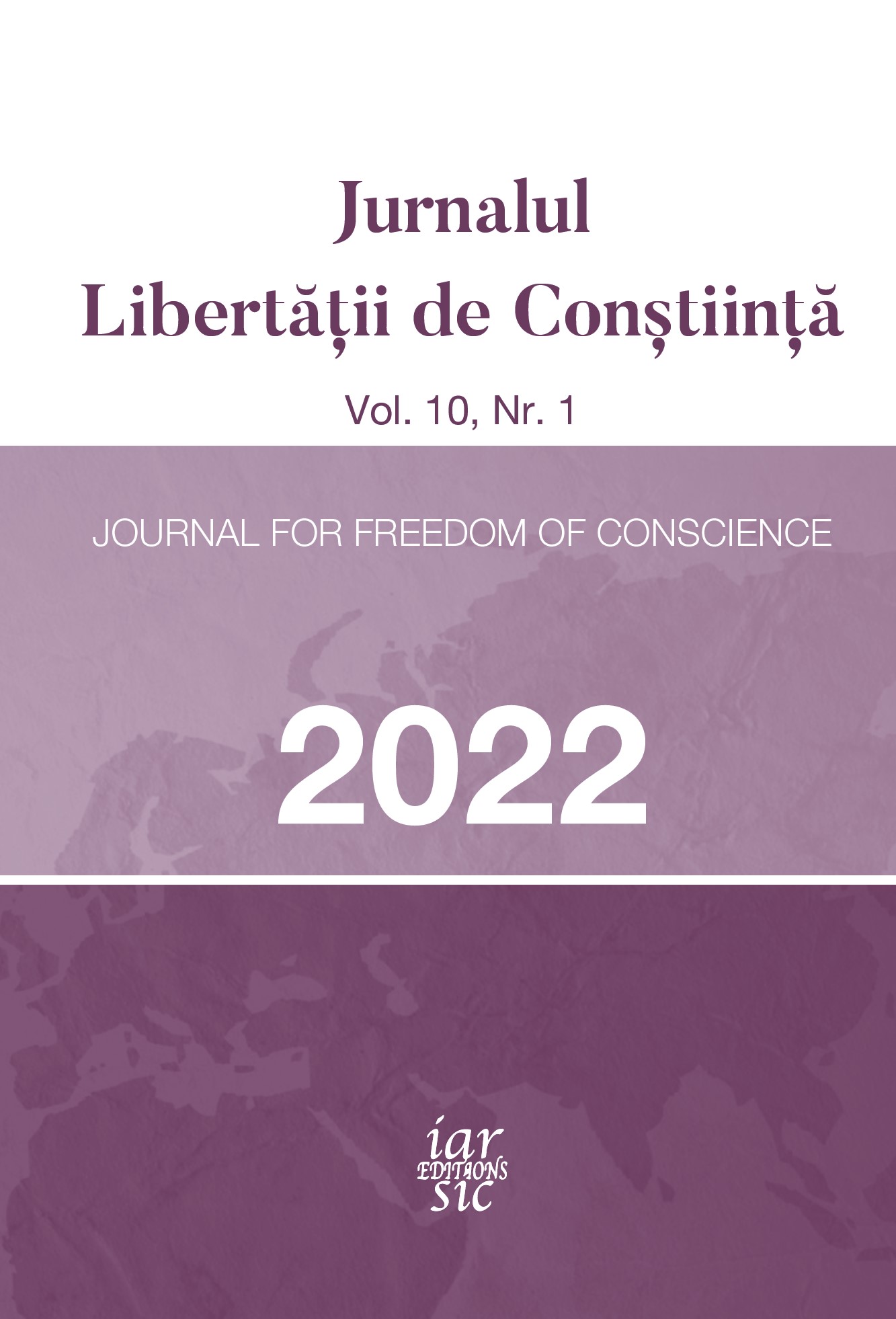THE CULTURAL MEMORY OF CLASSICAL CINEMA IN THE DIGITAL AGE
THE CULTURAL MEMORY OF CLASSICAL CINEMA IN THE DIGITAL AGE
Author(s): Adela-Iuliana NegustorSubject(s): Film / Cinema / Cinematography, ICT Information and Communications Technologies, Sociology of Art
Published by: Editions IARSIC
Keywords: black box; white cube; cultural memory; prosthetic memory; archival art; analog;
Summary/Abstract: The centenary (1995) and the turn of the millennium (2000) constitute Cinema as a medium of the past and from the past. Aged 100 and affected by the arrival of new technologies, we ask ourselves the question: is classical Cinema a human value worth preserving in the digital age? What role do artists- in their collaboration with art museums and galleries- play in this process? The digital threat to classical cinematography has caused many reactions among artists and filmmakers working with analog techniques. As a response, they engaged Cinema’s materiality and historicity: their renewed interest was not only in the personalities (directors, actors, etc.) but mainly in the tangible dimension and hidden mechanism that made Cinema create moving images: the celluloid, the cinematic apparatus (projector, screen, etc.), and also the phenomenology of film viewing in a theatrical setting, as well as film archives and the memories that movies had instilled. The cultural memory of classical Cinema in the digital age refers to these projects that create a tangible connection with Cinema at the center of cultural change. The global discourse of the research is completed with a project that focuses on locality and represents the source that inspired the current study, only to conclude that probably the most precious human value behind analog Cinema is a united community that shares a common sentiment: their sincere love for Cinema overall.
Journal: Jurnalul Libertății de Conștiință
- Issue Year: 10/2022
- Issue No: 1
- Page Range: 619-641
- Page Count: 23
- Language: English

